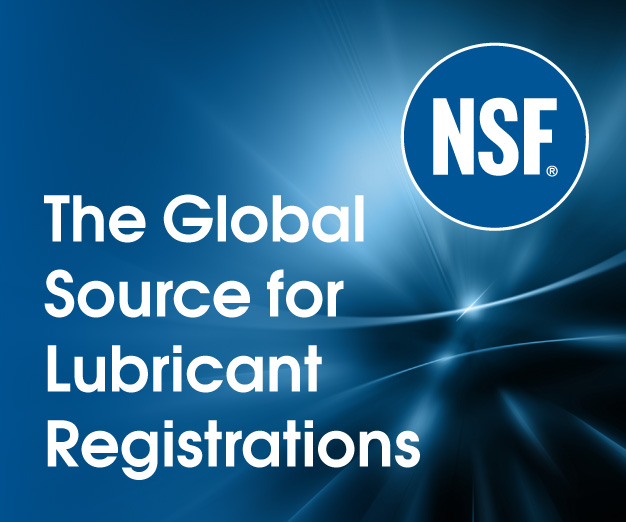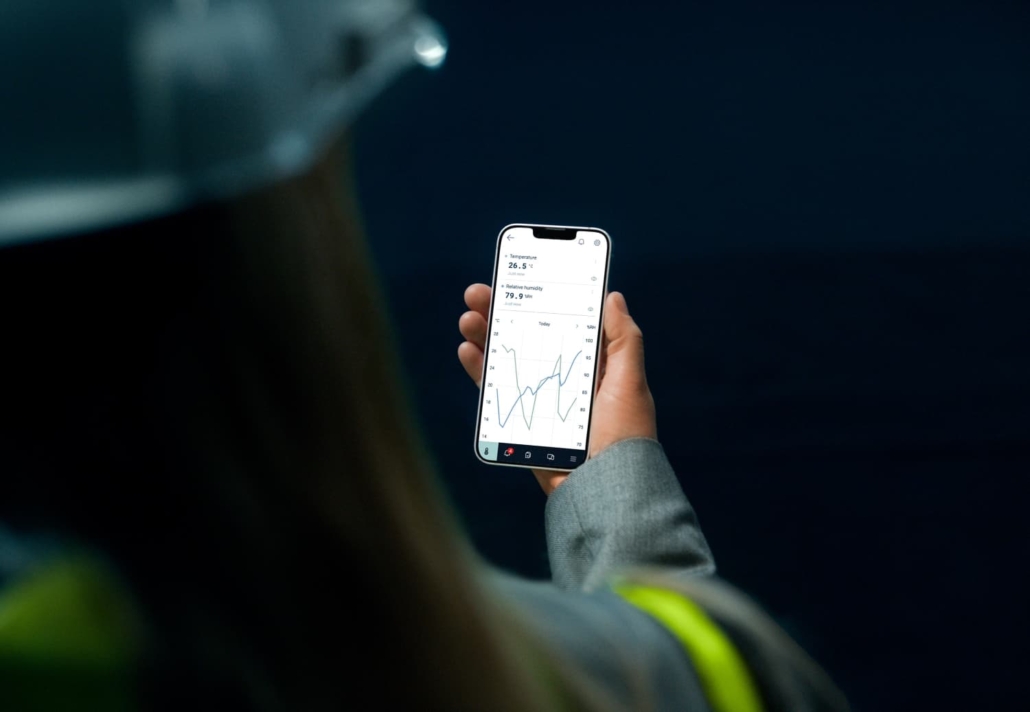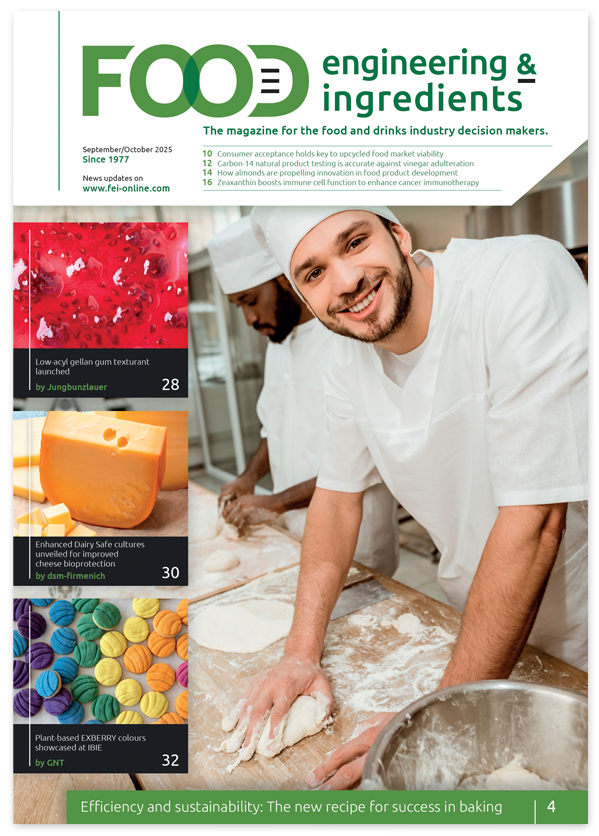Vaisala launches integrated measurement infrastructure for food production environments
Measurement solution provider introduces Echo system, offering enterprise-grade environmental monitoring capabilities particularly relevant for food manufacturing and vertical farming operations.
A new measurement infrastructure system launched by Finnish technology company Vaisala promises to deliver comprehensive environmental monitoring capabilities previously accessible mainly to large corporations. The Echo system, which integrates with Vaisala’s measurement devices, could significantly enhance quality control processes in food manufacturing facilities and controlled environment agriculture.
Scalable monitoring for varied production environments
The system operates as an integrated feature within compatible Vaisala measurement devices, eliminating the traditional complexity associated with establishing environmental monitoring networks. This integration could prove particularly valuable for small to medium-sized food producers who require precise environmental control but lack extensive IT resources.

Jarno Mitjonen, Software Product Manager, Vaisala
Software Product Manager Jarno Mitjonen explains: “With Echo the days of manually setting up indoor monitoring systems are over. The Echo infrastructure gives you easy, reliable, always-on access to data and alerts from all compatible devices. You pick what you need, based on your measurement, oversight, and reporting needs — and Vaisala guarantees that all instruments talk to the monitoring software, securely, and without glitches.”
Parameters critical for food safety
The system monitors crucial environmental parameters including humidity, temperature, CO2, and dew point – measurements essential for maintaining food safety standards and optimal production conditions. This comprehensive monitoring capability is particularly relevant for vertical farming operations, where environmental control directly impacts crop yield and quality.
Remote access enhances operational efficiency
For food manufacturing operations with multiple sites, the Echo system enables remote monitoring and comparison of environmental conditions across different facilities. This capability allows quality managers to identify anomalies and standardise conditions across production sites without physical site visits.
The system’s reporting functionality provides both real-time and historical data, enabling thorough analysis of environmental conditions over time. This feature could prove particularly valuable for audit compliance and continuous improvement programmes in food manufacturing environments.
Security considerations for connected systems
Recognising the sensitivity of production environment data, Vaisala has implemented robust security measures. “We built Echo to be secure from the get-go. All data is encrypted in transit and rest, and secured with digital certificates,” states Mitjonen. The system also facilitates remote firmware updates, ensuring ongoing security improvements throughout the infrastructure’s lifecycle.
Implications for smaller producers
While the system offers clear benefits for large food manufacturing operations, its potential impact may be most significant for smaller producers. The integration of enterprise-grade monitoring capabilities into a pre-configured system could enable smaller operations to implement environmental controls previously associated with larger manufacturers.
The Echo system represents a significant development in environmental monitoring technology for food production environments, particularly in its potential to standardise monitoring capabilities across operations of varying scales. Its implementation could contribute to improved quality control and operational efficiency in food manufacturing and controlled environment agriculture.
The focus on security and remote monitoring capabilities suggests particular relevance for facilities requiring strict environmental control for food safety and quality assurance, while the scalable nature of the system makes it suitable for both established manufacturers and emerging vertical farming operations.



